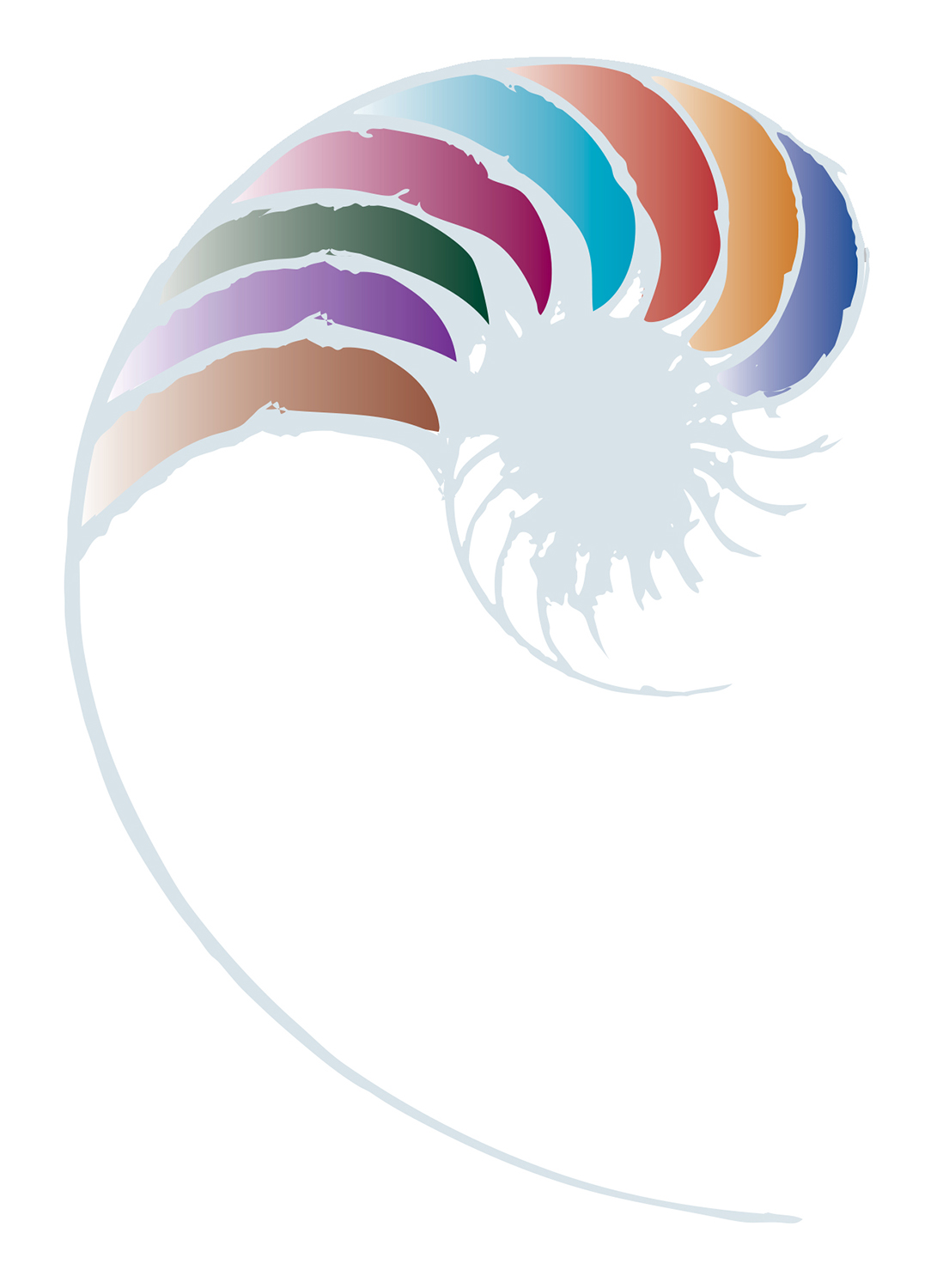Whakamoe Tau
Mānawatia a Matariki
This lesson focuses on students understanding the concept of Whakamoe Tau. During Matariki, our ancestors would reflect on the events of the year gone to help plan for the year ahead ensuring prosperity and affluence for the iwi.
See the “About this resource” box below to download resources:
- Mahere-Ako-5-Whakamoe-Tau-Māori.pdf
- Mahere-Ako-5-Whakamoe-Tau-English.pdf
- Whakamoe-Tau-Hoahoa-Pūrongo.docx
Kawenga Mahi
Topic Introduction
Traditionally, our ancestors would use Matariki as a time to put the previous year to an end “Whakamoe tau”.
The tribe would gather to conclude the year and discuss the observations and experiences of the year gone by. This would help to inform the best way forward for the year ahead. It would also help the tribe to determine where and when they would focus their efforts to ensure the community flourished in the seasons to come.
Topic Introduction
Today, there are many factors and influences that hinder our ability to read the environment exactly as our ancestors did. Some of these factors include:
- Global warming
- The impact of natural disasters on our waterways
- Pests and predators in our forests killing our native birds and trees
- Colonisation
- The environmental impacts of capitalism and commercialisation.
Nonetheless, there are still many signs in our environment that we can look to for markers of information that help us understand our environment better. An example of this might be the understanding that, "when the pōhutukawa are in bloom, it is said that the kina are fat” or the understanding that “rākaunui isn’t a good moon to fish freshwater kōura as they hide from the light”. These too are signs of the environment giving us messages.
Task
This is a group research assignment.
You will be creating a report for your tribe on what has happened in your area in the last year. You will then use your findings to forecast how your tribe can better prepare for the year ahead.
What are the negative and positive impacts your rohe has faced in the last year?
- Water levels and quality (An example of this is the water levels at Rotomahana (Rotorua) during 2022-2023.
- Food sources and supplies
- Your community, tribe and hapū
- Health and wellbeing
- Cultural practices
In your report you must explain what caused the impacts. Please also make recommendations on how to change these outcomes or impacts for your iwi in the following year.
Once you complete your report, create a presentation to outline the key points that you cover, including photos and video evidence to support your findings.
This could be either in a 3 minute video or powerpoint presentation.
The key elements of a report:
- Title page
- Table of contents
- Executive summary
- Introduction
- Discussion
- Conclusion
- Recommendations
- References
About this resource
Wāhanga Ako: Te Reo Māori, Pūtaiao, Ngā mahi a Rēhia
Taumata: Taumata 6, Taumata 7, Taumata 8
Learning Intention: Students will understand how our ancestors reconciled and prepared for each year during Matariki. They will apply these understandings to create a report outlining specific events or experiences from their region in the year past and to help them make predictions and plans for the year ahead.
Rauemi: Powerpoint, Video, Report diagram
Kaupapa: Te Mātahi o te Tau Matariki Ahunga Nui
Kohinga: Mānawatia a Matariki


















